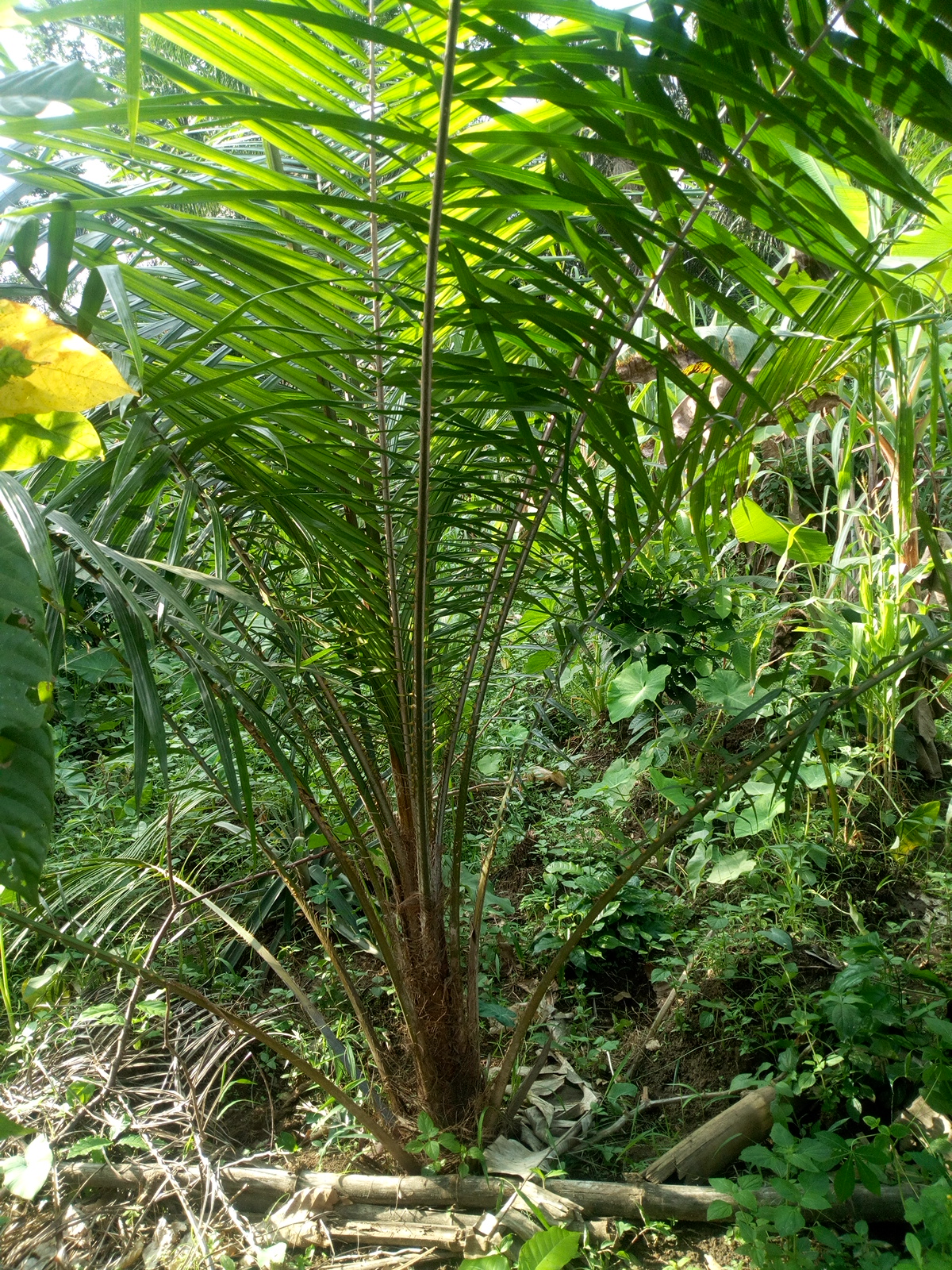In the last few days, I have been receiving some emails from clients who wish to venture into agriculture in Nigeria. But I discovered some things in our conversation.
What are these discoveries?
Most of them love agriculture and want to invest in it, but they don’t know which crop to choose or which area of agriculture to invest in.
So, they often ask me, ‘Mr. Dotun, as an Agribusiness Consultant and expert, which crop do you think is more lucrative and has a readily available market in Nigeria?’.
In view of the above question, I’ve decided to title this article “Arable crops cultivation VS Cash Crop Cultivation in Nigeria, which one is better in terms of readymade market.”
First, the success of any business depends heavily on marketing. Even if the management strategy was well planned, but if you fail in the marketing stage, then all your effort is nothing but a waste.
My take on this topic will be evaluated based on my farming experience on the following crops; cassava, maize, plantain, oil palm, cocoa, vegetables (fruit and leafy), and cashew.
Brief Introduction to Arable crops in Nigeria
Arable crops whose life cycle are completed within a year, i.e. from germination to seed production is within one year. So, arable farming can simply be defined as the production of annual crops. The commonly cultivated arable crops in Nigeria are; Grain crops (wheat, maize, rice, barley, millet), Pulse crops (beans), Oilseed crops (soybean), Forage crops(cowpea), Fiber crops (cotton, jute), and Tuber crops (potato, yam).
Brief Introduction to Cash crops in Nigeria
A cash crop is an agricultural crop which is grown to sell for profit. Funny enough, a cash crop is often referred to as a profitable crop.

Base on my experience and feedback from our farmers and client, venturing into the production or cultivation of arable crops such as maize, cassava, cucumber, or cabbage may be frustrating if you fail to get market for your produce. Most of these farm produce suffers at the mercy of Middlemen or market woman. They determine the price of these produces at times. The reason for this is because there is no readymade market for farm produce in Nigeria. So, farmers are often left with no option.

Let me share an experience I had this year. I opened a 0.3985ha (3985m2 area of land) early this year to grow maize. So, I decided to record all expenses from planting to harvesting. The total costs were N165,000 ($455), and I was able to harvest 600kg of maize from the area under cultivation.

This year, I decided not to sell to the market woman because of the way they price farm produce. So, I allowed the maize to dry on the field.
Currently, the price of dried maize per 100kg is between 9000 and 10000 (In most cases, it is 9,000). From this illustration, if I decided to sell my 600kg dry maize, it means that I will get back N54,000 after spending N165,000.
Very dishearten. The reason for this loss is very simple. Cost of labour and other inputs is becoming expensive. No wonder they say Agriculture in Nigeria is capital intensive, particularly in the Southwest region where cost of weeding is high. One of the reasons why government needs to subsidise farm inputs to farmers.

Another experience I will like to share is one of a farmer. The old man told me bluntly that he instead leave his maize on the field for birds to eat rather than selling the fresh corn to market women.
Why?
The farmer’s maize is ready for harvest, so he decided to take a tour to the market to get familiar with the price and also to source for a buyer. The market women told him that they buy 12 cobs of fresh corn at the rate of 100naira. They also told him to go and harvest everything and bring it to market. This two terms and condition doesn’t please the farmer. So he decided that he is not selling again and he won’t even grow maize next growing season.
From an economic point of view, when the supply is high, the price will reduce. I think this is part of the reason why farmers don’t make a profit during the maize growing season. And this challenge is coupled with intensive capital required for cultivation of maize thereby leads to low or no profit situation.
In my next post, I will also analyze that of cassava in terms of the current market price.
However, this story is different in the case of a cash crop like cocoa, oil palm, cashew etc. although it is capital intensive during the first three years of establishment, on the long run, you will definitely enjoy it. The market is readily available, and market women have no say in this type of business. Some companies partner or strike a deal with farmers who produce cash crop like cocoa, rubber, cashew etc.

Therefore, for an investor who is thinking about which crop or area to venture into, I will strongly suggest you put your money in cash crop cultivation.


NOTE: I’m not discouraging anyone from arable crop production. I’m only saying you don’t venture into it if you don’t have a readymade market. Because most of the arable crops are perishable, therefore you must source for your market before planting.



